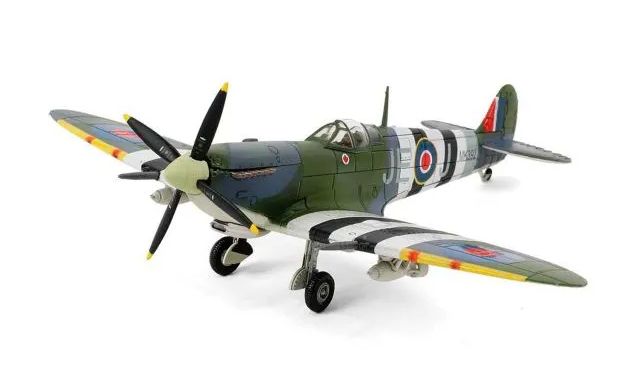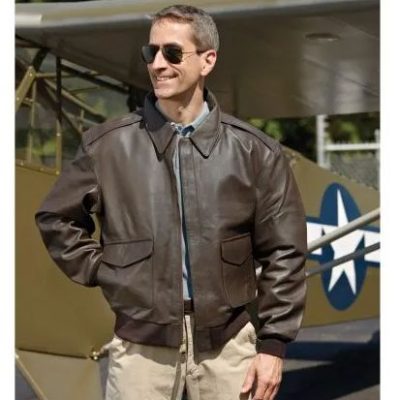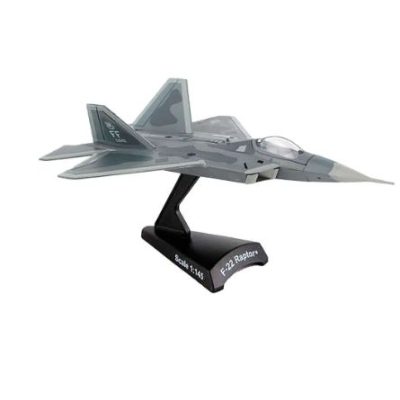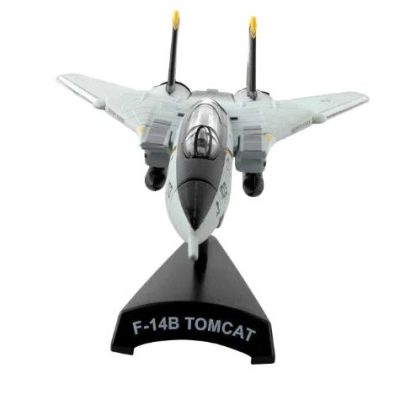Description
Supermarine Spitfire MK.IX Die-Cast Model
Type of Aircraft: Fighter / Photo-reconnaissance
Nation/Service of Origin: British Royal Air Force
Period Operation: World War II, especially during the Battle of Britain in 1940
Produced: From: 1942 to 1945, Finally Retired in 1955.
Manufacturer: Supermarine
Historical Data of Aircraft:
From Wikipedia, the free encyclopedia
The British Supermarine Spitfire was facing several challenges by mid-1942. The debut of the formidable Focke-Wulf Fw 190 in late 1941 had caused problems for RAF fighter squadrons flying the latest Spitfire Mk Vb. Rolls-Royce engineers were already working on a new version of the Merlin incorporating a two-stage supercharger; the combination of the improved Merlin and the Spitfire Mk Vc airframe in a “stop-gap” design allowed the RAF to combat the Fw 190 on equal terms.
In a second stream of development Supermarine was working on an improved, reinforced, Spitfire airframe which incorporated several new features and was designed for the Merlin 60 and 70 series engines. This new airframe later formed the basis for the Rolls-Royce Griffon powered Spitfires. This article presents a history of the Spitfire powered by two-stage engine variants and also describes some of the “drawing board” projects and experimental Spitfires. The Griffon powered variants are described in a separate article.
The Mark numbers did not necessarily indicate a chronological order, the Mk IX was a stopgap brought into production before the Mks VII and VIII. Some Spitfires of one mark or variant may have been modified to another; several of the first Mk Vbs were converted from Mk Ibs; the first Mk IXs were Mk Vcs converted, in some instances, by Rolls-Royce at their Hucknall facility.
Up until the end of 1942, the RAF names had Roman numerals for mark numbers. In the period 1943–1948 new aircraft entering service were given Arabic numerals for mark numbers but older aircraft retained Roman numerals. From 1948, Arabic numerals were used exclusively. This article adopts the convention of using Roman numerals for the Mks I–XVI and Arabic numerals for the Mks 17–24. Type numbers e.g.; (type 361) are the drawing board design numbers allocated by Supermarine.
Like the Mk VI, the Mk VII was a high altitude pressurised variant, this time powered by the Merlin 64 (F. Mk. VII) or 71 (H.F. Mk. VII) series engine with two-stage, two-speed superchargers. The cockpit was pressurised in a similar way to that of the Mk VI, although the details were slightly different. Other changes to the airframe are noted above. The Mk VII used a Marshall manufactured compressor for pressurising the cockpit; this was mounted on the right of the engine and drew its air through a long intake under the starboard exhaust stubs. An automatic valve allowed a maximum pressure differential of +2 lb./sq.in. This was built up during the climb and was maintained at heights of 28,000 ft and above.





